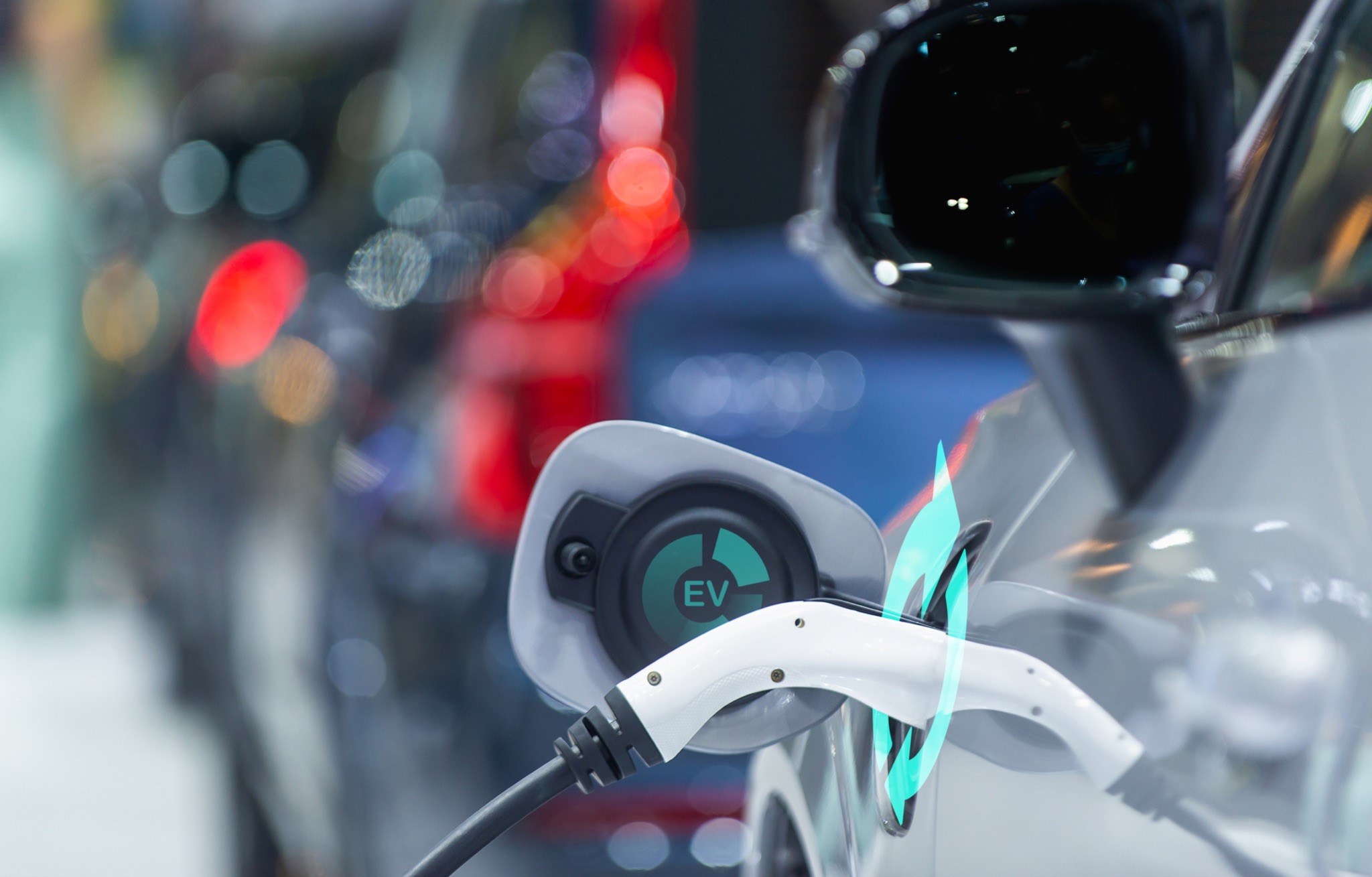As the world pivots towards sustainable energy and transportation, electric vehicles (EVs) are taking centre stage. They offer a myriad of benefits, from reduced greenhouse gas emissions to lower running costs. However, one aspect that continues to occupy the minds of potential and current EV drivers is range – just how far can your EV go on a single charge?
Improving the electric car range is a subject of great interest within the ever-evolving EV sector. It goes beyond just the technical specifications provided by manufacturers. The real-world range of an EV can be influenced by various factors, including driving habits, external conditions, and vehicle maintenance. Consequently, knowing how to maximise your EV range can lead to increased efficiency, reduced charging times, and overall greater satisfaction with your electric vehicle.
On that note, this article seeks to dive deep into the practical strategies that can enhance your EV range, providing insights that are as illuminating as they are useful. Meanwhile, if you happen to find yourself seeking an expansive network of charging points, remember that the Bonnet app is your trusted companion, offering access to a vast network of EV charging stations across the UK and Europe.
Efficient Driving Habits
Driving style significantly influences the range of your EV. Aggressive acceleration and braking can consume energy rapidly, reducing your car’s overall range. Therefore, adopting a smoother and more measured driving approach can work wonders.
Try to sustain a steady speed as much as possible; this allows the vehicle to use power more efficiently, extending its range. Cruise control can be a useful tool here, maintaining a consistent speed during motorway driving. Furthermore, aim to anticipate traffic patterns and stoppages in advance to reduce the need for sudden braking. Coasting to a halt rather than abruptly braking conserves energy and takes advantage of the EV’s regenerative braking, which will be discussed in the next point.
Optimal Use of Regenerative Braking
Generally speaking, most EVs are equipped with regenerative braking systems. Instead of wasting energy when the car slows down or stops, these systems feed some of it back into the battery, enhancing your range.
As a result, by adjusting your driving style to maximise the use of regenerative braking, you can recharge your battery while on the move, thus increasing your EV’s efficiency. This means letting your car slow down naturally, when possible, rather than stepping on the brake.
Mindful Use of In-Car Systems
Even though it might be tempting to crank up the heater on a frosty morning or blast the air conditioning on a hot day, keep in mind that these systems can significantly impact your electric car’s range.
Besides that, try to pre-condition your car while it is still plugged in, so that you can warm up or cool down the interior without draining the battery. Furthermore, it would be a great idea to consider using heated seats and steering wheel, if available, as they tend to use less energy than heating the entire cabin.
Regular Vehicle Maintenance
Regular maintenance is crucial to keep any vehicle in good working order, and the same is true for electric cars. In particular, performing frequent inspections can help identify and rectify any issues that might be negatively impacting your EV’s range.
On top of that, tyre pressure is a key factor – underinflated tyres can cause your vehicle to consume more power. Therefore, it is imperative always to ensure that your tyres are properly inflated according to the manufacturer’s guidelines.
Plan Your Routes Wisely
Moving on, one often overlooked aspect of improving the electric car range is the role of strategic route planning. As a general rule of thumb, flatter and smoother routes are better for EV range. This is because hilly terrain and rough roads require more energy from your EV, which can significantly decrease your range. Not to mention, high-speed motorways, although they may seem the quickest route, can drain the EV battery faster due to the increased power requirement for high-speed driving. As such, consider taking slower, less hilly routes whenever possible.
The importance of strategic route planning highlights the value of Bonnet, one of the best electric car charging apps. The app connects users to over 200,000 chargers across Europe, including more than 17,500 located in the UK, which ensures you’re never too far from a charging station.
Keep the Battery in Good Health
Maintaining the health of your EV’s battery is critical to maximising its range. This primarily involves managing the battery’s state of charge.
While it may seem beneficial to charge your EV’s battery to 100% whenever possible, it is generally best to keep it between 20% and 80% for daily driving. Consistently charging to 100% can hasten battery degradation over time, which can eventually contribute to a diminished range. Similarly, try your best to avoid letting the battery charge fall too low too often, as this can also lead to faster degradation. Having the right charging habits can prolong the battery’s life and thus help maintain the EV’s range over time.
Final Thoughts
In essence, improving the range of your electric vehicle is really not a far-fetched goal. By adopting efficient driving habits, optimising the use of regenerative braking, being mindful of in-car systems, and ensuring regular vehicle maintenance, you can make noticeable strides in enhancing your EV range.
The evolution of electric vehicles continues to surge forward, and being well-informed is the key to making the most out of this thrilling technological advancement. Always keep in mind while the journey to mastering EV efficiency might seem challenging, platforms like the Bonnet app are here to simplify the experience, offering seamless access to charging points, transparent pricing, and real-time data.
In other words, the future of sustainable transport is here. Are you ready to embrace it?







